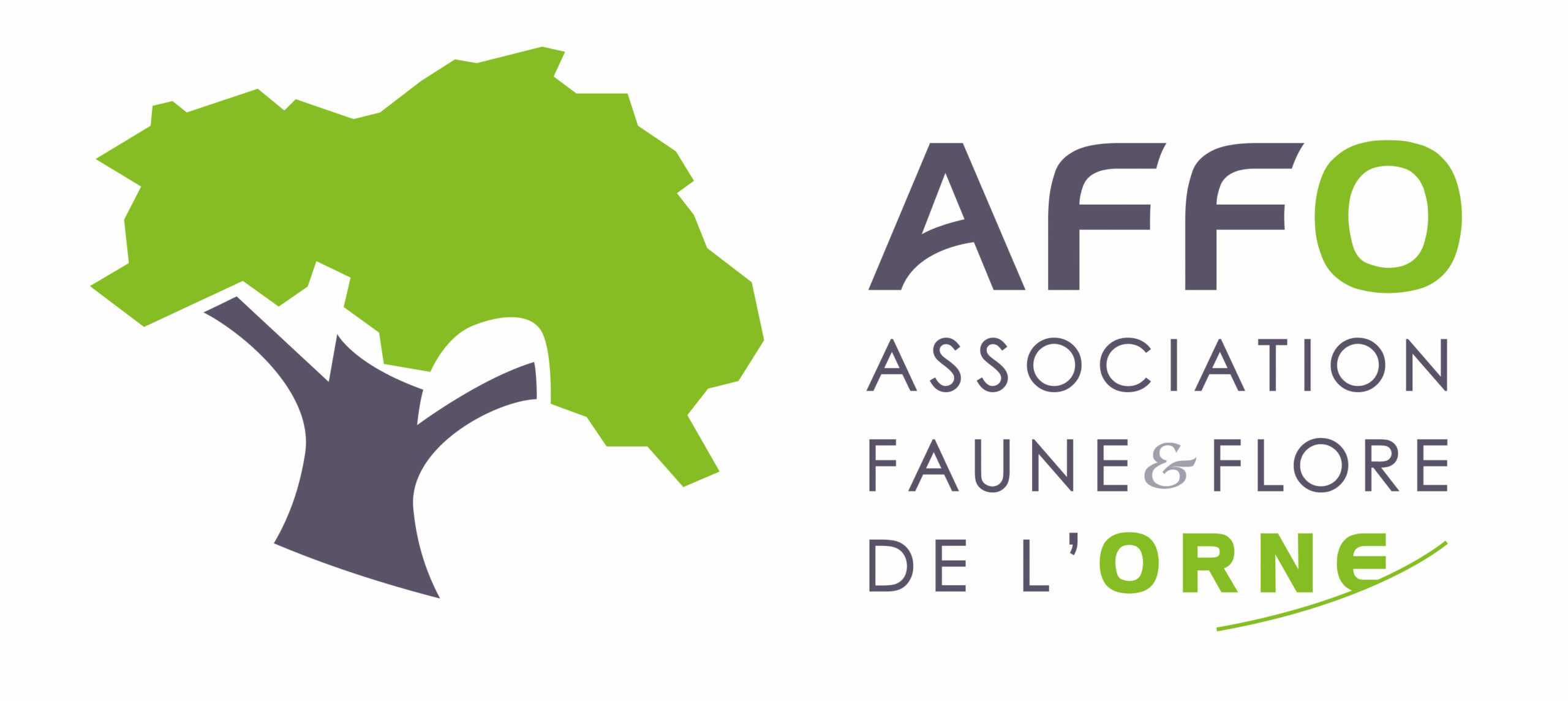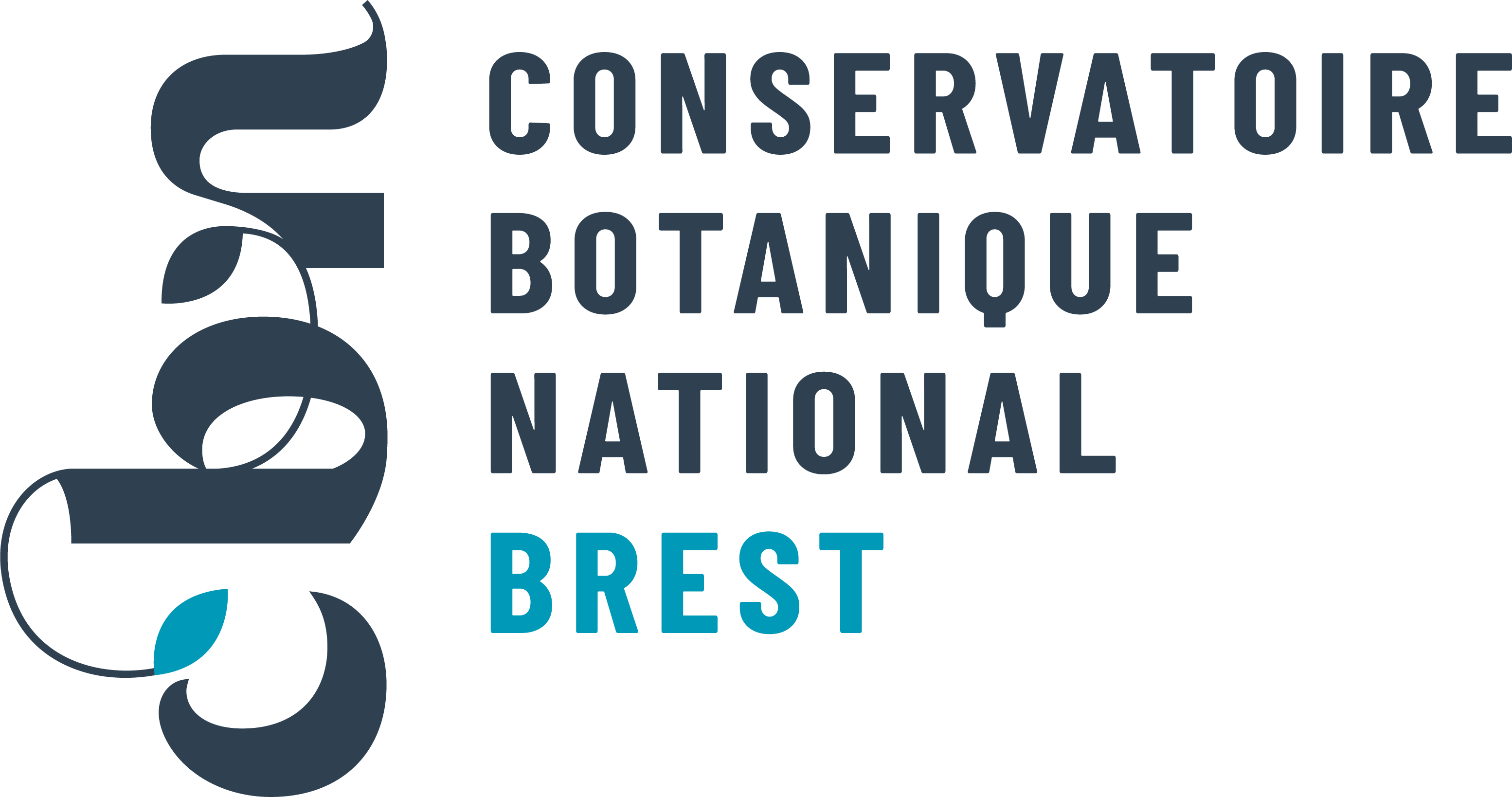Gesse de Nissole
Lathyrus nissolia L., 1753

Où cette espèce a-t-elle été observée ?
 Attention : cette espèce peut être présente où il n’y a pas de maille, mais à ce jour elle n’y a pas encore été observée.
Attention : cette espèce peut être présente où il n’y a pas de maille, mais à ce jour elle n’y a pas encore été observée.
- 42 observations
-
26
communes -
15
observateurs
7
organismes -
Première observation
1860 -
Dernière observation
2025
Bazoches-sur-Hoëne - Belforêt-en-Perche - Bellavilliers - Boëcé - Bretoncelles - Champeaux-sur-Sarthe - Courgeoût - Feings - La Mesnière - Le Pin-la-Garenne - Les Aspres - Mortagne-au-Perche - Moutiers-au-Perche - Nogent-le-Rotrou - Parfondeval - Pervenchères - Sablons sur Huisne - Saint-Éliph - Saint-Jean-Pierre-Fixte - Saint-Jouin-de-Blavou - Saint-Langis-lès-Mortagne - Saint-Ouen-de-Sécherouvre - Saint-Pierre-la-Bruyère - Saint-Victor-de-Buthon - Trizay-Coutretot-Saint-Serge - Val-au-Perche
-
PNR du Perche
Participation à 18 Observations
Part d'aide à la prospection : 42.86 %
Fiche organisme
-
Association Faune & Flore de l'Orne (AFFO)
Participation à 13 Observations
Part d'aide à la prospection : 30.95 %
Fiche organisme
-
PNR et géoparc mondial UNESCO Normandie-Maine
Participation à 10 Observations
Part d'aide à la prospection : 23.81 %
Fiche organisme
-
Conservatoire Botanique National de Brest (CBNB)
Participation à 10 Observations
Part d'aide à la prospection : 23.81 %
Fiche organisme
-
Conservatoire botanique national du Bassin parisien (CBNBP)
Participation à 7 Observations
Part d'aide à la prospection : 16.67 %
Fiche organisme
-
Institut floristique franco-belge (IFFB)
Participation à 2 Observations
Part d'aide à la prospection : 4.76 %
Fiche organisme
-
UMS PatriNat (OFB-CNRS-MNHN)
Participation à 2 Observations
Part d'aide à la prospection : 4.76 %
Fiche organisme
Informations espèce
E3.34 : Illyrio-Moesian riverine and humid Trifolium meadows
Répartition actuelle en France métropolitaine
© INPN - Avertissement : les données visualisables reflètent l'état d'avancement des connaissances et/ou la disponibilité des données existantes au niveau national : elles ne peuvent en aucun cas être considérées comme exhaustives.
Répartition actuelle dans le monde
Avertissement : les données visualisables reflètent l'état d'avancement des connaissances et/ou la disponibilité des données existantes au niveau mondial : elles ne peuvent en aucun cas être considérées comme exhaustives.












